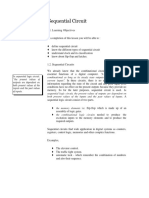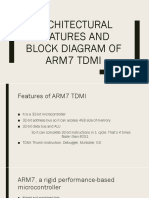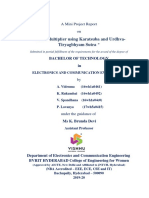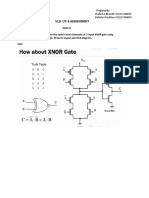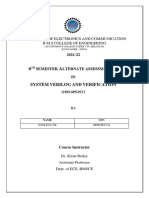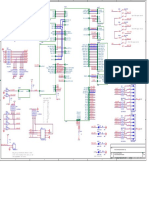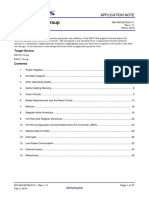0% found this document useful (0 votes)
13 views75 pagesChapter One Introduction Edited
The document discusses synchronous sequential logic circuits, emphasizing the role of memory elements like flip-flops in determining circuit behavior based on past inputs and states. It details the differences between asynchronous and synchronous circuits, the operation of various types of flip-flops (SR, JK, D), and the importance of clock signals in synchronizing state changes. Additionally, it covers the analysis of sequential circuits through state tables and diagrams, highlighting the significance of timing requirements and asynchronous inputs.
Uploaded by
haftish0521Copyright
© © All Rights Reserved
We take content rights seriously. If you suspect this is your content, claim it here.
Available Formats
Download as PDF, TXT or read online on Scribd
0% found this document useful (0 votes)
13 views75 pagesChapter One Introduction Edited
The document discusses synchronous sequential logic circuits, emphasizing the role of memory elements like flip-flops in determining circuit behavior based on past inputs and states. It details the differences between asynchronous and synchronous circuits, the operation of various types of flip-flops (SR, JK, D), and the importance of clock signals in synchronizing state changes. Additionally, it covers the analysis of sequential circuits through state tables and diagrams, highlighting the significance of timing requirements and asynchronous inputs.
Uploaded by
haftish0521Copyright
© © All Rights Reserved
We take content rights seriously. If you suspect this is your content, claim it here.
Available Formats
Download as PDF, TXT or read online on Scribd
/ 75























































